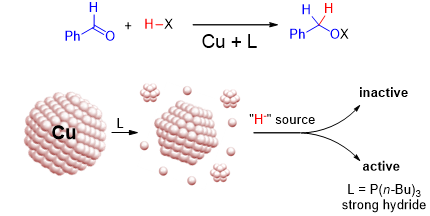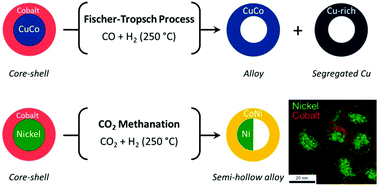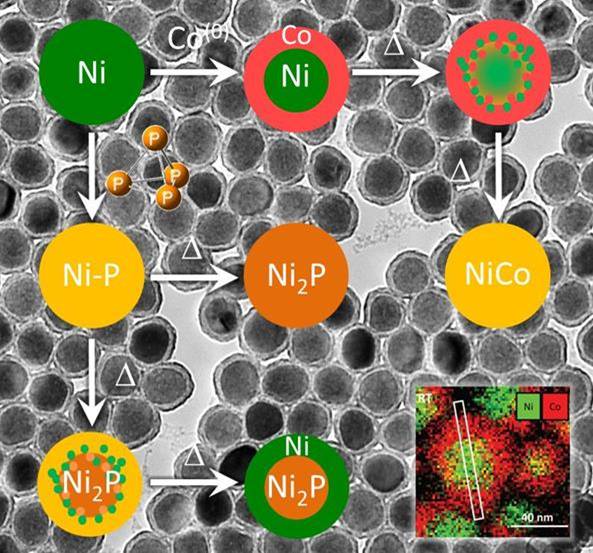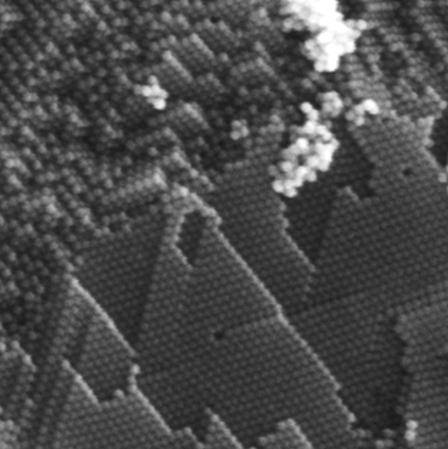Publications
| 2025 (2) | |||
| 2024 (7) | 2023 (5) | 2022 (3) | 2021 (5) |
| 2020 (3) | 2019 (12) | 2018 (5) | 2017 (3) |
| 2016 (4) | 2015 (2) | 2014 (4) | 2013 (7) |
| 2012 (7) | 2011 (1) | 2010 (2) | 2008 (1) |
2018 | Articles and Reviews
Surprisingly high sensitivity of copper nanoparticles toward coordinating ligands: consequences for the hydride reduction of benzaldehyde
|
X. Frogneux, F. Borondics, S. Lefrançois, F. D’Accriscio, C. Sanchez, S. Carenco, Catal. Sci. Technol. 2018, 8, 5073-80. |
Ensemble versus Local Restructuring of Core-shell Nickel-Cobalt Nanoparticles upon Oxidation and Reduction Cycles
|
Bimetallic nanoparticles are widely studied, for example in catalysis. However, possible restructuring in the environment of use, such as segregation or alloying, may occur. Taken individually, state‐of‐the‐art analytical tools fail to give an overall picture of these transformations. In collaboration with Cecile S. Bonifacio and Judith C. Yang from Pittsburg University, we studied nickel-cobalt nanoparticles exposed to reactive gases. Combination of an ensemble technique (NAP-XPS) and a local one (environmental TEM) was pivotal for describing the nanoparticles transformations. |
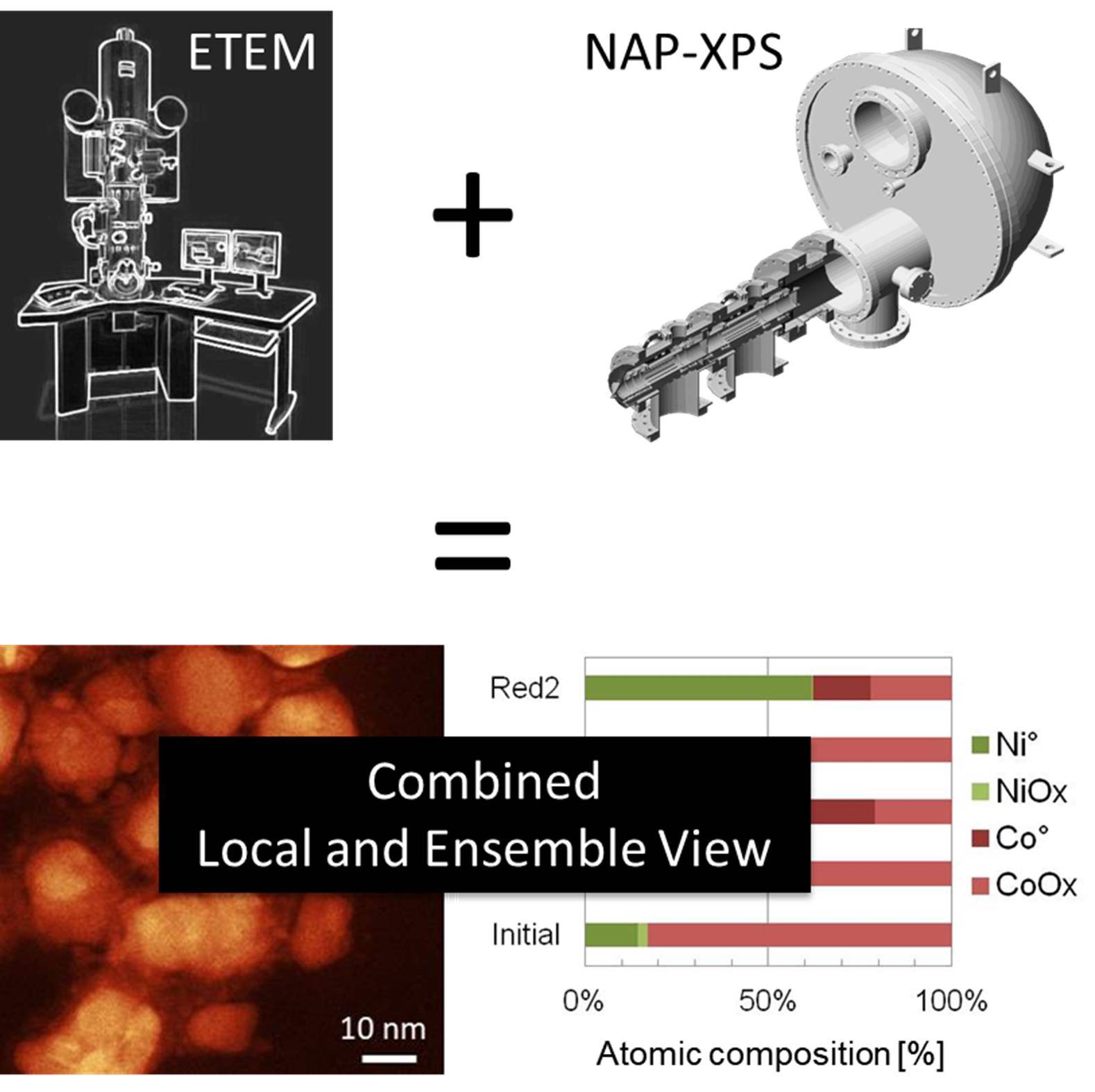 |
|
S. Carenco, C. S. Bonifacio, J. C. Yang, Chem. - A Eur. J. 2018, 24, 12037-43. |
Describing inorganic nanoparticles in the context of surface reactivity and catalysis
|
S. Carenco, Chem. Commun. 2018, 54, 6719-6727 |
Designing Nanoparticles and Nanoalloys with Controlled Surface and Reactivity
|
S. Carenco, Chem. Rec. 2018, 18, 1114-1124 |
[Article] Chimie et Nano : Une question d'échelle !
Cet article a été écrit pour CultureSciences-Chimie, site de ressource en Chimie pour les enseignants. Il a été édité par Claire Vilain (éditrice du site).
|
S. Carenco, CultureSciences-Chimie 2018, Lien. |
